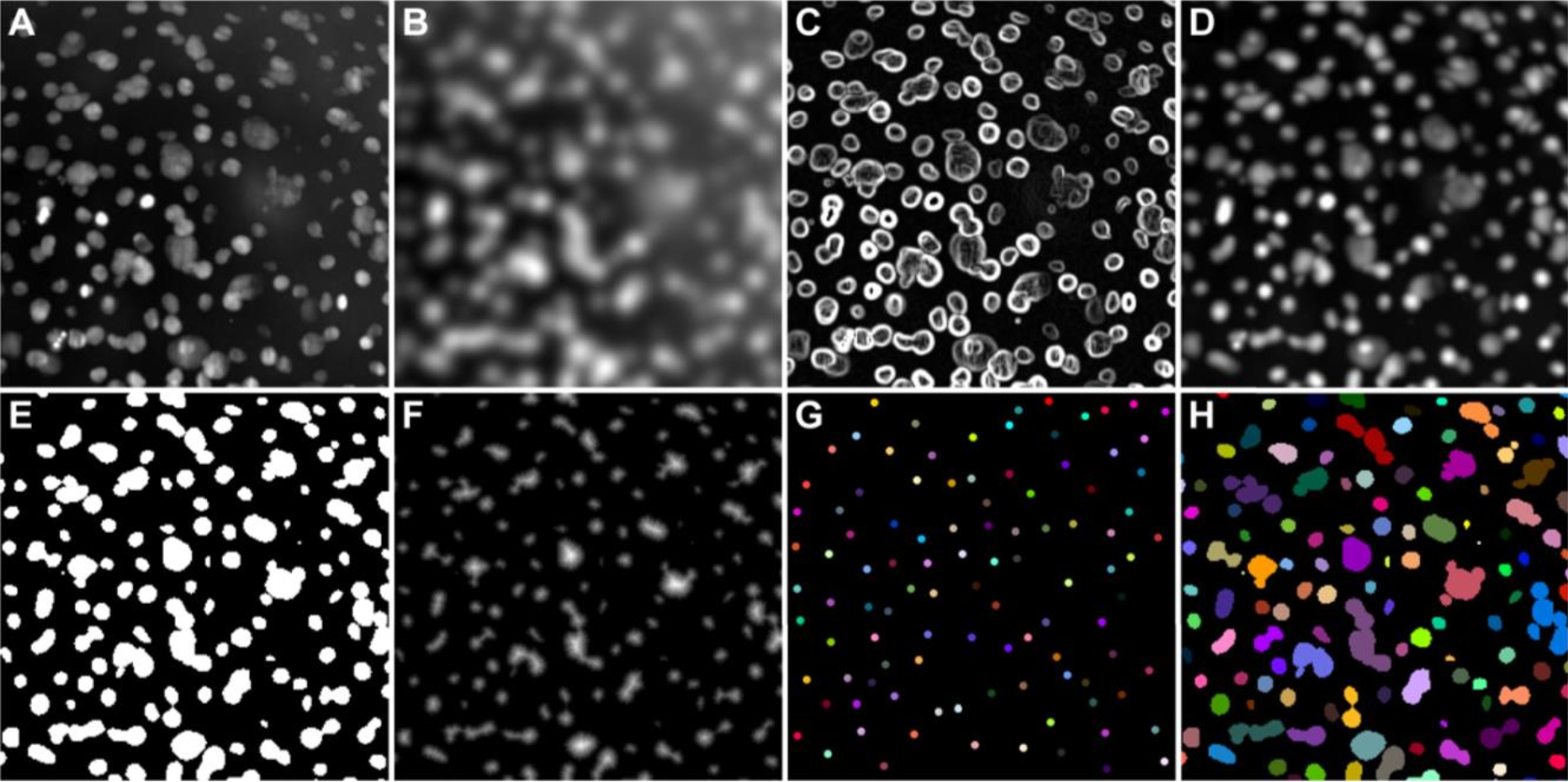Digital Image Processing
Dates for the lecture and exercise see RWTHOnline
Type of examination: written exam
This lecture covers the fundamentals and applications of imaging and image processing, and illustrates them with numerous examples. Prerequisite is a completed Bachelor’s degree, e.g., in Electrical Engineering and Information Technology, Computer Engineering or Computer Science. Teaching materials are accessible via the teaching and learning portal Moodle of RWTH Aachen University:
https://www.elearning.rwth-aachen.de
Contents of the lecture
- Introduction to DIP, Geometric Optics and Image Sensors
- Digital Imaging Fundamentals (Digital Imaging Basics, Sampling and Quantization, Interpolation, Image Derivatives)
- Point Operations and Basic Neighborhood Operations
- Neighborhood Operations and Processing in the Frequency Domain
- Deep Learning Crash Course
- Edges, Lines and Corners
- Image Denoising and Deconvolution
- Image Registration
- Color Image Processing
- Morphological Image Processing
- Segmentation Basics
- Advanced Segmentation Methods
- Repetitorium and Questions
Literature
- R.C. Gonzalez, R.E. Woods: Digital Image Processing, Global Edition, Pearson Education Limited, 4th edition, 2018.
- J. Beyerer, et al., Machine Vision: Automated Visual Inspection: Theory, Practice and Applications, Springer, 2016.
- B. Jähne: Digital Image Processing, 7th edition Springer, 2022.
- M. Sonka et al.: Image Processing, Analysis and Machine Vision, 4th edition, Cengage Learning, 2014.


